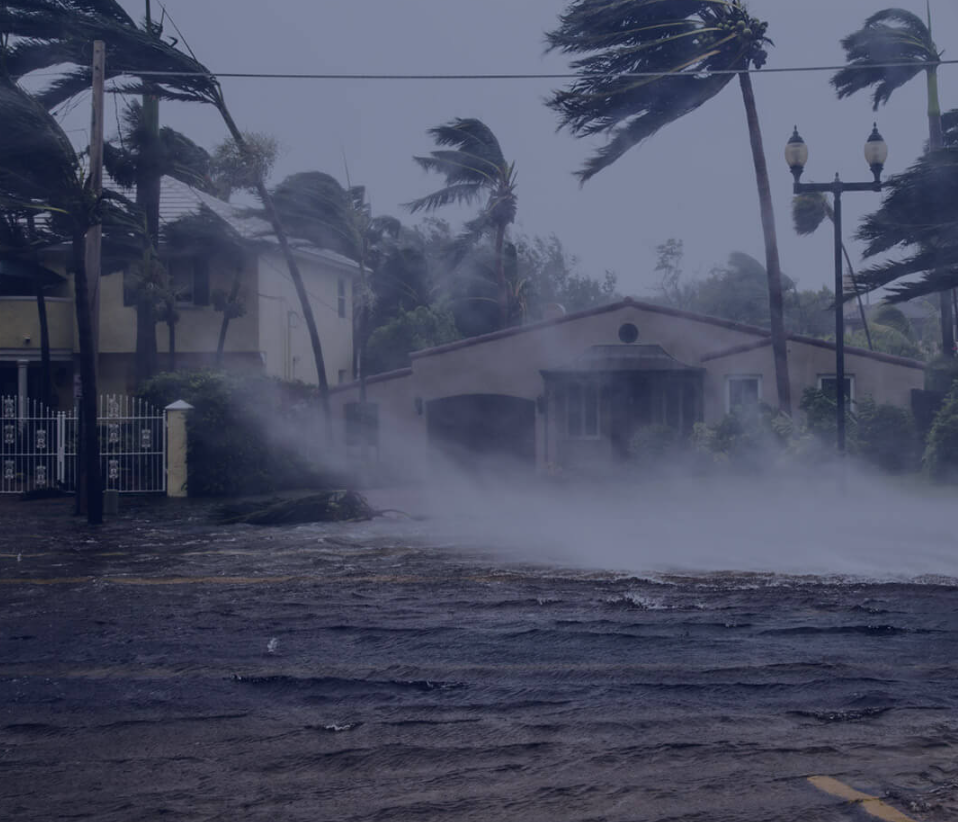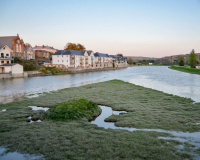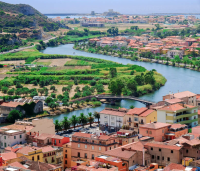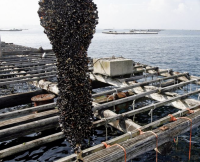
Guadeloupe Archipelago, France
Guadeloupe is highly exposed to climate change: higher temperatures, more frequent droughts and floods, more intense hurricanes, coastal erosion… These impacts are increasing the vulnerability of the archipelago, despite the region’s efforts to cope with climate variations. Located in the Caribbean Sea, the Archipelago has a population of 395 000, on a total area of 1 628 km².
Actions and expected results
Agriculture (1.5% of the Guadeloupe GDP and 18,500 direct jobs), with 2 dominant and highly subsidised crops grown mainly for exportation: sugarcane and bananas. Guadeloupe imports about 80% of its food. This food security problem is exacerbated when extreme events hit the archipelago, making ports and airports unusable. New models of sustainable farming and crops are already promoted locally to achieve both food security and climate change resilience.
However, the vulnerability of the farms to climate hazards is slowing the efforts. Tourism (9.5% of the Guadeloupe GDP and 7 000 salaried jobs), with about 850 000 visitors each year. Most visitors come during the summer, during the hurricane season. Tourism activities and accommodations are thus directly affected by climate change as the region experiences stronger hurricanes, higher temperatures and coastal erosion.
The setting of a Local Adaptation Acceleration Fund will be studied and experimented. It will encourage the development or the replication of innovative adaptation actions in the tourism and the agriculture sectors. It will also help transformation of the agriculture sector to achieve resilience and food security.
Awareness-raising and behavioural change will be reached via nudging in hotels: cognitive design and behavioural economics artefacts, often correlated to a trigger and state of mind, to develop a sustainable behaviour towards biodiversity and water consumption.



